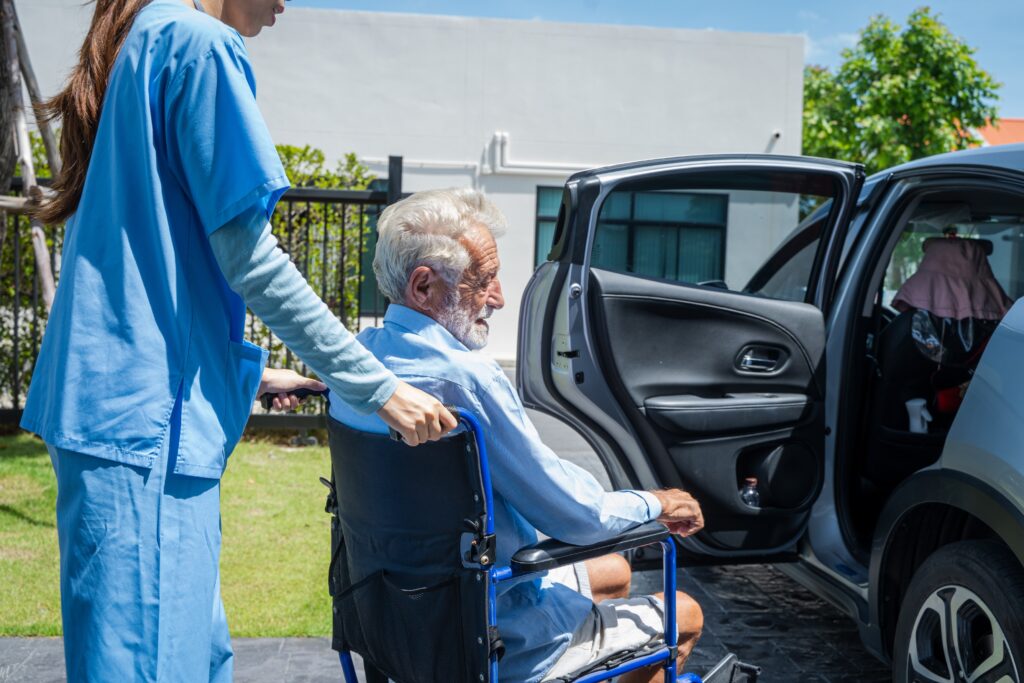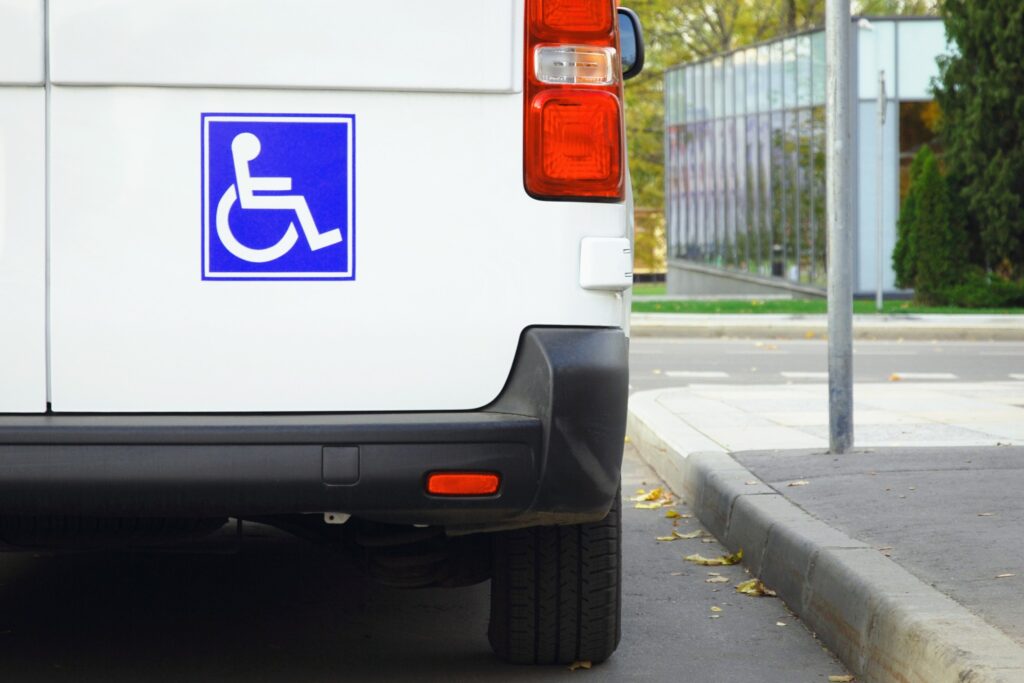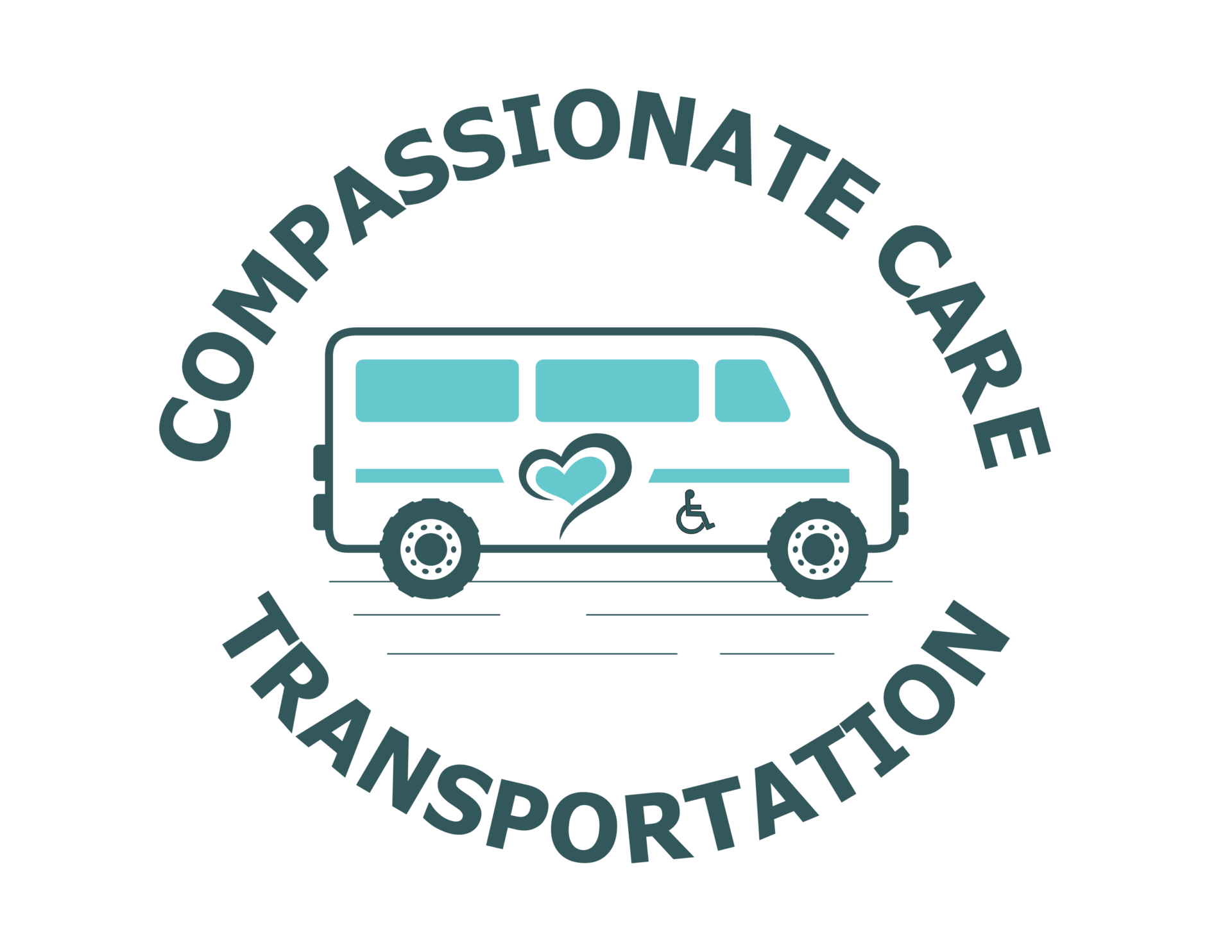Community-Based Transportation Services for Seniors

Imagine a world where aging doesn’t mean losing your freedom of movement. For many seniors, transportation isn’t just about getting from point A to point B—it’s about maintaining dignity, independence, and connection to the community. With more than 3.6 million older adults in the U.S. considered transportation-disadvantaged, the need for accessible senior transportation services has never been more critical.
The journey of aging shouldn’t feel like a roadblock. Community-based transportation services are transforming how older adults navigate their daily lives, offering more than just a ride—they’re providing a lifeline to independence. These services go beyond simple transportation; they’re about preserving autonomy, dignity, and quality of life for our beloved seniors.
“Transportation is freedom, and freedom doesn’t have an age limit.” – Anonymous
Transportation challenges don’t discriminate. They particularly impact low-income seniors and those in rural areas, creating invisible barriers that can quickly isolate older adults from essential services, social connections, and personal healthcare needs. By understanding and addressing these mobility challenges, we can help seniors stay connected, active, and engaged in their communities.
The Real Impact of Mobility
When seniors lose the ability to drive or access convenient transportation, they don’t just lose a mode of travel—they potentially lose:
- Social connections with friends and family
- Access to critical medical appointments
- Ability to run essential errands
- Sense of personal independence
Community-based transportation services aren’t just a convenience—they’re a crucial support system that empowers seniors to maintain their quality of life and continue feeling valued and independent.
The Critical Link Between Mobility and Senior Independence
Picture mobility as the secret sauce of senior independence. It’s not just about moving from one place to another—it’s about preserving dignity, maintaining social connections, and keeping the spark of personal agency alive. When transportation becomes a barrier, seniors can quickly feel like they’re losing control of their own narrative.
Breaking Down Mobility Barriers
Transportation isn’t a luxury—it’s a fundamental need that directly impacts a senior’s ability to:
- Attend medical appointments without relying on family
- Maintain social connections that prevent isolation
- Participate in community activities
- Manage personal errands independently
The psychological impact of mobility goes far beyond physical movement. It’s about feeling empowered, respected, and connected. When seniors can access reliable transportation services, they’re not just getting a ride—they’re reclaiming their sense of self.
“Mobility is more than movement—it’s freedom, dignity, and self-respect wrapped into one journey.” – Community Transportation Advocate
Consider this: losing the ability to drive doesn’t mean losing the ability to live fully. Modern senior-friendly transportation solutions are designed to bridge gaps, not create them. They provide a compassionate, supportive approach that recognizes each senior’s unique needs and preserves their sense of autonomy.
The Ripple Effect of Accessible Transportation
When seniors can move freely, entire communities benefit. Reduced isolation leads to better mental health, more active civic participation, and a stronger sense of belonging. It’s not just about the individual—it’s about creating a more inclusive, supportive society that values every stage of life.
Challenges Seniors Face with Traditional Transportation

Traditional transportation systems often feel like a maze designed to challenge even the most patient navigator—and for seniors, this maze can become an insurmountable obstacle course. Imagine trying to board a crowded public bus with limited mobility, or navigate complex transit schedules that seem written in a secret code only quantum physicists could decipher.
Physical Limitations and Accessibility Hurdles
Most standard transportation options weren’t designed with senior needs in mind. High bus steps, narrow doorways, and lack of assistive support create real barriers that can turn a simple trip into an exhausting expedition. For seniors using wheelchairs or walkers, these challenges become even more pronounced.
- Steep bus entry steps that require significant physical strength
- Limited seating for those with mobility challenges
- Unpredictable and rushed transit schedules
- Minimal assistance for passengers with special needs
Safety and Comfort Concerns
Traditional transportation often overlooks the unique comfort and safety requirements of older adults. Rapid acceleration, sudden stops, and crowded environments can be not just uncomfortable, but potentially dangerous for seniors with balance issues or medical conditions.
“Transportation should adapt to people’s needs, not force people to adapt to transportation.” – Senior Mobility Expert
Technology and Navigation Challenges
In an increasingly digital world, many transportation services rely heavily on smartphone apps and online booking systems. For seniors less comfortable with technology, these digital-first approaches can feel like navigating a foreign landscape without a map.
The statistics speak volumes: transportation issues disproportionately affect low-income older adults and those in rural areas, creating systemic barriers that go beyond mere inconvenience. It’s not just about getting from point A to point B—it’s about maintaining dignity, independence, and connection.
This is where specialized senior transportation services like through-the-door assistance become more than a convenience—they become a lifeline. By understanding and addressing these complex challenges, we can help seniors maintain their independence and quality of life.
How Community Transportation Services Bridge the Gap

Community transportation services are like the Swiss Army knife of senior mobility—versatile, reliable, and designed with genuine care. They don’t just provide a ride; they offer a comprehensive solution that addresses the unique challenges seniors face in maintaining their independence and quality of life.
Personalized Approach to Senior Mobility
Unlike one-size-fits-all transportation options, community services understand that every senior’s journey is unique. Whether it’s a medical appointment, a social gathering, or a simple grocery run, these services provide tailored solutions that go beyond basic transportation.
- Door-to-door assistance that ensures safety and comfort
- Wheelchair-accessible vehicles with trained, compassionate drivers
- Flexible scheduling that respects seniors’ individual needs
- Support for those with mobility challenges or special requirements
More Than Just a Ride: Comprehensive Support
Community transportation services are essentially mobility ambassadors. They understand that transportation is about maintaining dignity, preserving independence, and keeping seniors connected to their community. It’s not just about moving from point A to point B—it’s about ensuring that seniors feel valued, respected, and empowered.
“Transportation isn’t a service; it’s a lifeline that keeps seniors connected to their world.” – Community Care Advocate
Breaking Down Isolation Barriers
By providing reliable, accessible transportation, these services do more than move people—they break down social barriers. Seniors who might otherwise feel isolated can now:
- Attend social events and community gatherings
- Maintain regular medical appointments
- Visit friends and family
- Participate in local activities and programs
The psychological benefit is profound. When seniors can maintain their mobility, they maintain their sense of purpose, connection, and self-worth. It’s about preserving not just physical movement, but emotional and social well-being.
Technology Meets Compassion
Modern community transportation services blend technology with human touch. Booking rides is made simple, with options that cater to both tech-savvy seniors and those who prefer traditional communication methods. The focus is always on making the experience smooth, comfortable, and stress-free.
By addressing the complex mobility needs of seniors, community transportation services do more than provide a ride—they provide hope, independence, and a continued connection to the world around them. They’re not just moving people; they’re moving lives forward with dignity and care.
Benefits Beyond Transportation

Community transportation services are like a secret superpower for seniors—offering benefits that extend far beyond simply getting from one place to another. Think of these services as a holistic wellness package that touches nearly every aspect of a senior’s life.
Emotional and Mental Well-being
Transportation isn’t just about physical movement; it’s a lifeline to emotional health. When seniors can maintain their mobility, they experience:
- Reduced feelings of isolation and depression
- Increased social interaction and community engagement
- Improved self-esteem and sense of independence
- Enhanced mental stimulation through social connections
Health and Wellness Support
Reliable transportation becomes a critical component of preventative healthcare. Seniors can more easily:
- Attend regular medical check-ups
- Pick up medications without relying on others
- Access therapy and rehabilitation services
- Maintain consistent healthcare routines
“Independence isn’t about doing everything alone—it’s about having the freedom to choose how you live your life.” – Senior Mobility Advocate
Financial and Personal Empowerment
Community transportation services offer more than just a ride—they provide economic and personal advantages. Seniors can:
- Reduce transportation-related expenses
- Maintain part-time work or volunteer opportunities
- Run personal errands independently
- Avoid becoming a burden on family members
The true magic of these services lies in their ability to preserve dignity. By offering through-the-door assistance and personalized support, they transform transportation from a challenge into an opportunity for continued growth and connection.
Imagine the peace of mind for both seniors and their families—knowing that reliable, compassionate transportation is just a call away. It’s not just about moving from point A to point B; it’s about keeping the spirit of independence alive and thriving.
A Holistic Approach to Senior Living
Community transportation services represent more than a practical solution—they’re a testament to how we value and support our older adults. By addressing mobility needs comprehensively, these services help seniors continue writing their life stories, one journey at a time.
The bottom line? These services aren’t just transportation—they’re a bridge to continued independence, connection, and quality of life.
Empowering Seniors Through Accessible Transportation
Accessible transportation isn’t just about moving from one place to another—it’s about restoring dignity, freedom, and personal agency for seniors. When mobility becomes a challenge, it can feel like the world is gradually shrinking. But with the right transportation support, seniors can continue to live life on their own terms.
Reclaiming Independence, One Ride at a Time
Imagine the profound difference that reliable, compassionate transportation can make. It’s more than a service—it’s a lifeline that connects seniors to their community, their healthcare, and their sense of self. By providing wheelchair-accessible rides and through-the-door assistance, we’re not just moving people; we’re preserving their independence.
- Personalized door-to-door support
- Respectful and patient transportation professionals
- Vehicles designed for maximum comfort and accessibility
- Flexible scheduling that adapts to individual needs
“Transportation is freedom, and every senior deserves the right to move freely and confidently.” – Community Transportation Advocate
Breaking Down Mobility Barriers
Accessibility goes beyond physical transportation. It’s about creating an environment where seniors feel empowered, respected, and heard. Senior-friendly transportation solutions are designed to address unique challenges, ensuring that mobility limitations don’t become roadblocks to living a full, vibrant life.
By offering comprehensive support, these services help seniors:
- Maintain social connections
- Access critical medical care
- Participate in community activities
- Preserve their sense of autonomy
Technology Meets Compassion
Modern transportation services blend cutting-edge technology with genuine human care. Easy booking systems, wheelchair-accessible vehicles, and trained drivers who understand the unique needs of seniors create a transportation experience that’s both efficient and compassionate.
The impact goes far beyond transportation. It’s about maintaining dignity, fostering independence, and ensuring that seniors continue to feel valued and connected. Every ride is an opportunity to say, “You matter, and your mobility matters.”
“True independence isn’t about doing everything alone—it’s about having the support to live life on your own terms.” – Senior Mobility Expert
For seniors facing transportation challenges, accessible transportation services aren’t just a convenience—they’re a lifeline to continued independence, social engagement, and quality of life. It’s not just about getting from point A to point B; it’s about preserving the journey of life itself.
Community-based transportation is more than a service—it’s a lifeline that preserves senior independence, dignity, and quality of life. By recognizing and supporting these critical mobility solutions, we can create a more inclusive and supportive environment for our aging population.
